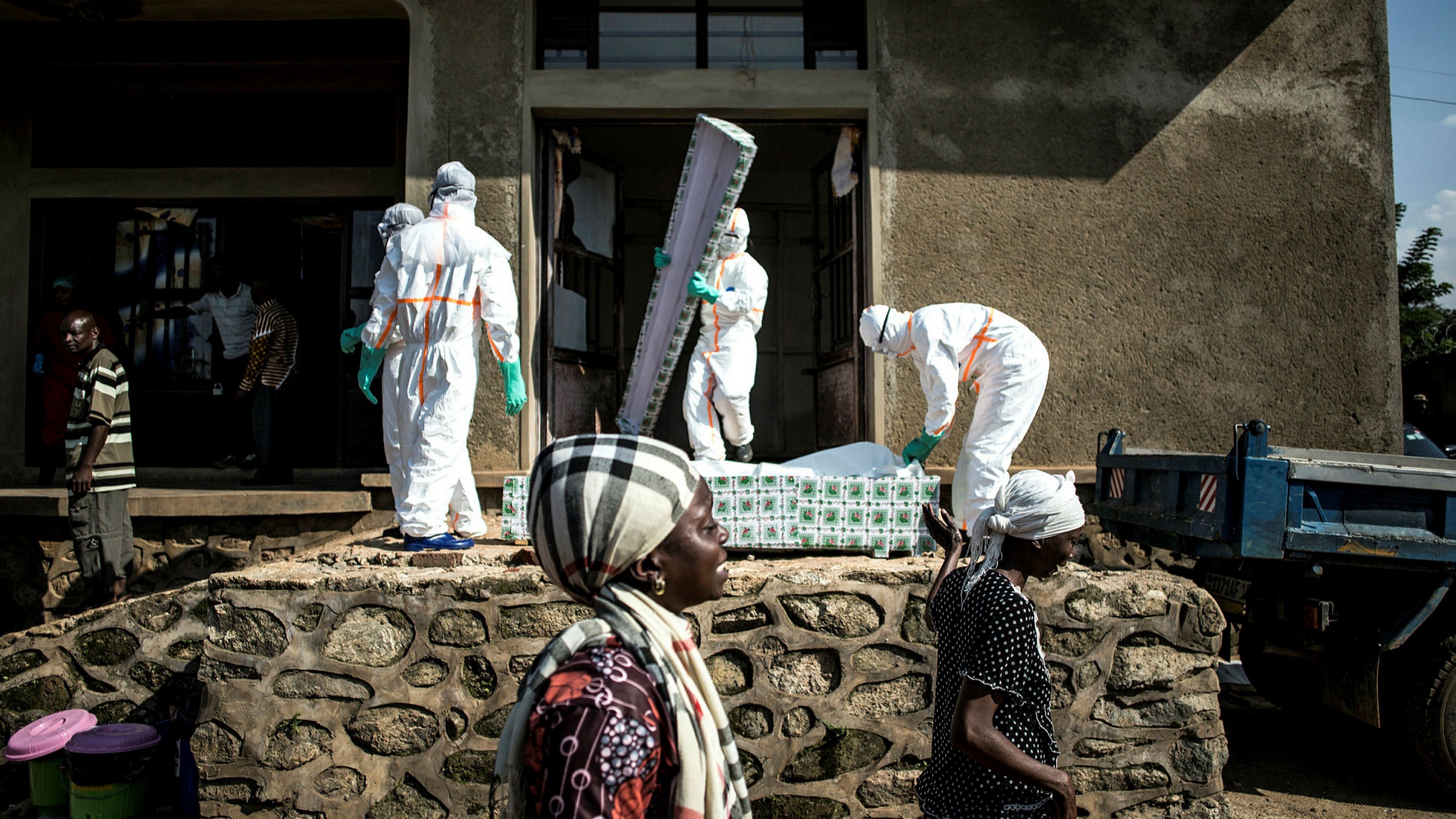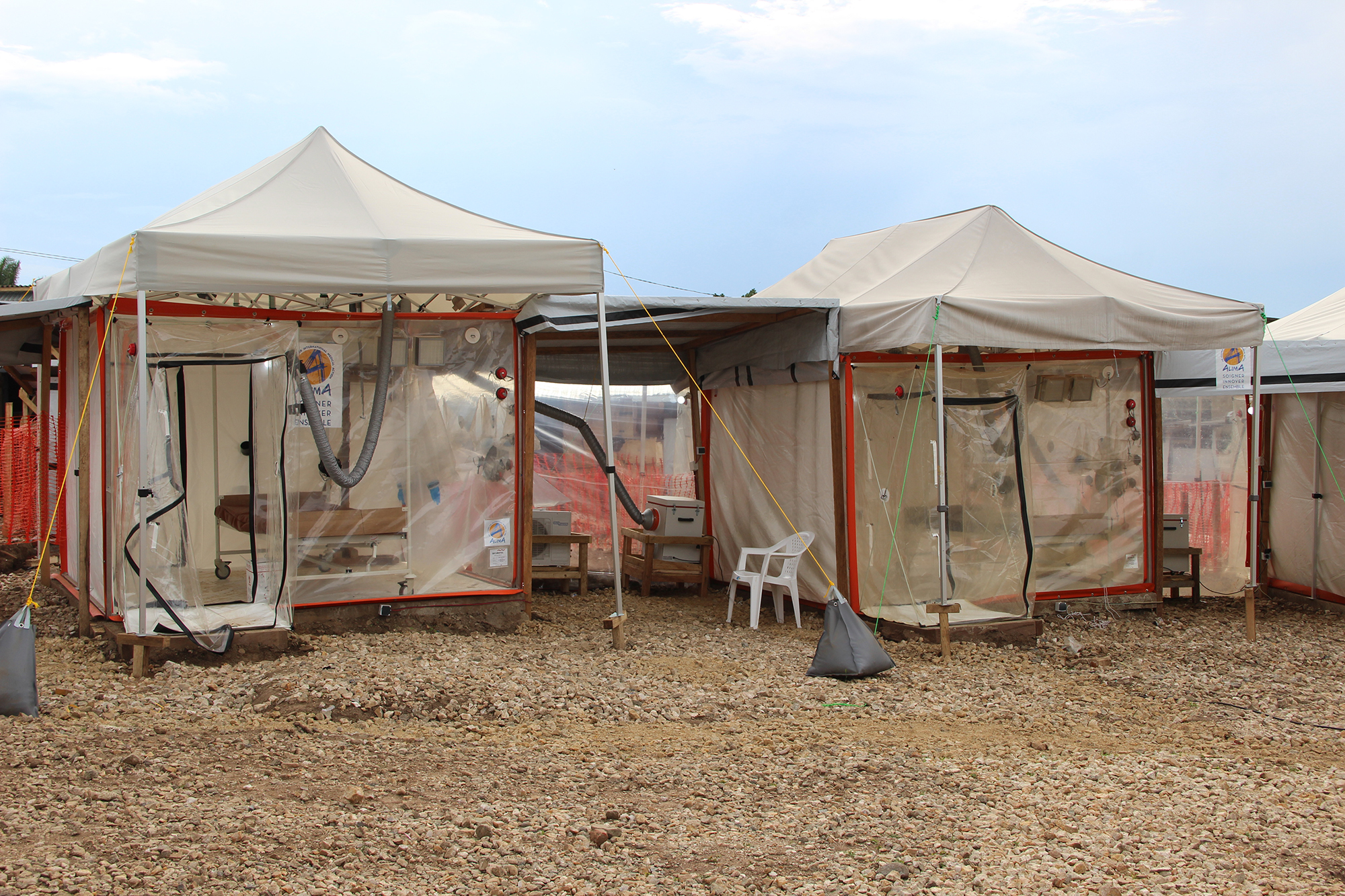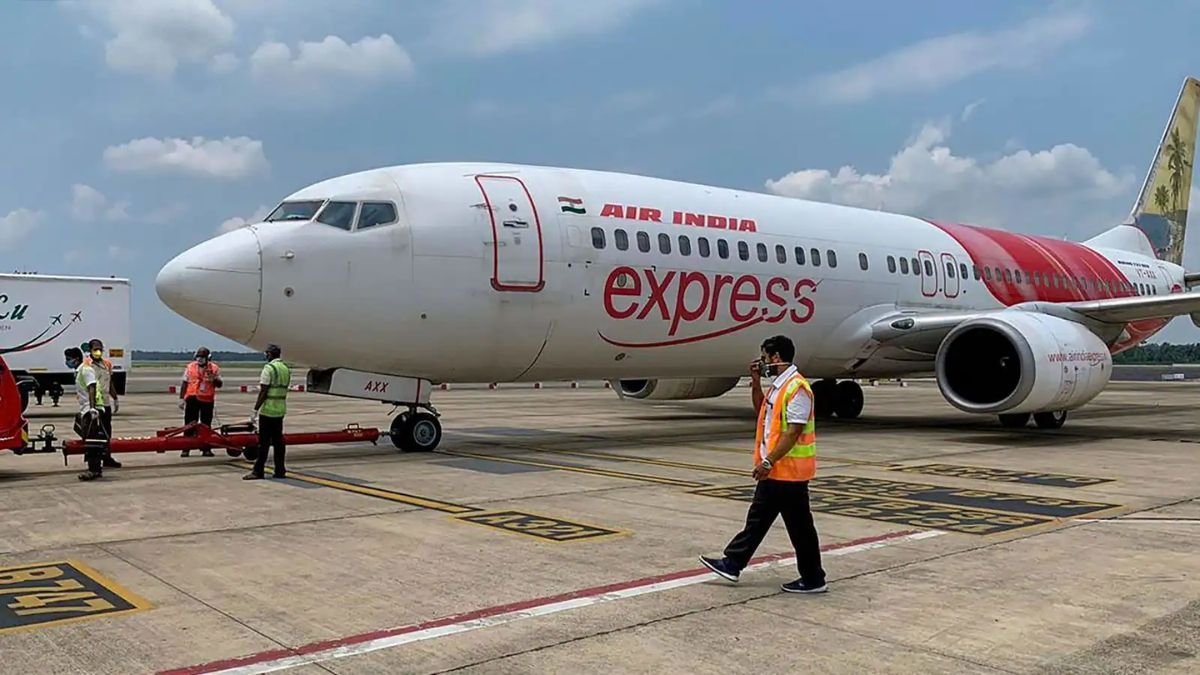Disease Caused By The Ebola Virus – The Democratic Republic Of The Congo

The Democratic Republic of the Congo’s Ministry of Health declared an Ebola virus disease (EVD) outbreak in the country after a case was confirmed in Mbandaka, Equateur province. The symptoms began on April 5th. The case died on April 21, and a safe and dignified burial was performed. The second case, involving a family member, was confirmed on April 25. As of April 27, 267 contacts had been identified; other measures, such as contact tracing, additional investigations, and decontamination of households and health facilities, are still in place.
This is the province’s third EVD outbreak and the country’s sixth since 2018. Previous outbreaks in Equateur province occurred in 2020 and 2018, respectively, with 130 and 54 confirmed and probable cases recorded.
Overview of the outbreak:
The Democratic Republic of the Congo’s Ministry of Health declared an Ebola virus disease (EVD) outbreak on April 23, 2022, following laboratory confirmation of a case, a 31-year-old male from Mbandaka, a city of approximately 1.2 million people in the north-western Equateur province. The case presented with fever and headache on 5 April and was treated at home with antimalarial drugs and antibiotics before being admitted to two health facilities between 16 and 21 April, where infection prevention and control (IPC) measures were inadequate. On the 21st of April, he was admitted to Wangata General Referral Hospital due to the persistence of his symptoms and the appearance of haemorrhagic signs. He died on April 21, and he was buried in a safe and dignified manner. On 21 April, a blood sample taken by the provincial laboratory in Mbandaka tested positive for Ebola virus by reverse transcriptase-polymerase chain reaction (RT-PCR), and an oral swab tested positive for Ebola virus on 22 April. Blood samples and oral swabs were sent to the National Institute of Biomedical Research (INRB) in Kinshasa for confirmation and tested positive for Ebola virus by RT-PCR.
On April 25, health officials confirmed a second EVD case, a 25-year-old Mbandaka woman who was a family member of the first case. She began experiencing symptoms on April 13 and was treated at home for five days. She went to a prayer house, a health centre, a pharmacy, and a nurse’s home while she was ill. She died on April 25th, and she was buried in a safe and dignified manner on the same day.
Ebola virus disease is present in animal reservoirs in the Democratic Republic of the Congo, which had previously reported 13 EVD outbreaks since 1976. The current EVD outbreak is the third in Equateur province and the country’s sixth since 2018. After 130 confirmed and probable cases were recorded and nearly six months after the first cases were reported, the last outbreak in the Equateur Province was declared over in November 2020. (more details, published in Disease outbreak news on 18 November 2020).

The INRB in Kinshasa performed full genome sequencing, and the results show that this outbreak is a new spillover from the animal population.
Risk assessment by the WHO
According to preliminary information, the first confirmed case was treated at home from the onset of symptoms before being admitted to two health facilities between April 16 and 21. Because the case was isolated after the onset of hemorrhagic symptoms, there is a risk of EVD spreading throughout the province. Furthermore, due to insufficient IPC measures in place at the health facilities, there is a risk of transmission among health workers and co-patients of the two facilities visited by the patient prior to the confirmation of EVD.
Because the first case’s exposure is unknown, determining the scope of the outbreak at this point is difficult.
Given that EVD is endemic in the Democratic Republic of the Congo and the Ebola virus is present in animal reservoirs in the region, the current resurgence is not surprising. Poverty, community mistrust, weak health systems, and political instability may be hastening the emergence of EVD in the Democratic Republic of the Congo due to a convergence of environmental and socioeconomic factors.
Although Mbandaka experienced two EVD outbreaks in 2020 and 2018, some of the gains made by establishing capacities such as IPC measures in health facilities during previous outbreaks have not been sustained over time to combat the current outbreak. There is an urgent need to assist the province’s health professionals in carrying out an effective response. Furthermore, logistical assistance is required to reactivate the health infrastructure put in place during previous epidemics.

The city of Mbandaka borders the Congo River and has river and land connections with the capital Kinshasa, the Republic of Congo, the Central African Republic, and Angola, raising the possibility of regional and international spread of this epidemic. Mbandaka also has air connections to Sud Ubangi province, which borders the Central African Republic and the Republic of Congo, as well as Kinshasa, the capital of the Democratic Republic of the Congo.
The risk of EVD in the Democratic Republic of the Congo is high due to the presence of animal reservoirs or intermediate hosts implicated in previous spill-over events, the high frequency of these outbreaks, environmental and anthropogenic factors1, and reduced capacity of the public health sector due to other ongoing outbreaks of cholera, measles, monkeypox, and the COVID-19 pandemic in the context of a protracted humanitarian crisis caused by ongoing violence and conflict.
At the regional and global levels, the risk is rated as moderate and low, respectively. WHO is keeping a close eye on the situation, and the risk assessment will be updated as new information becomes available.








